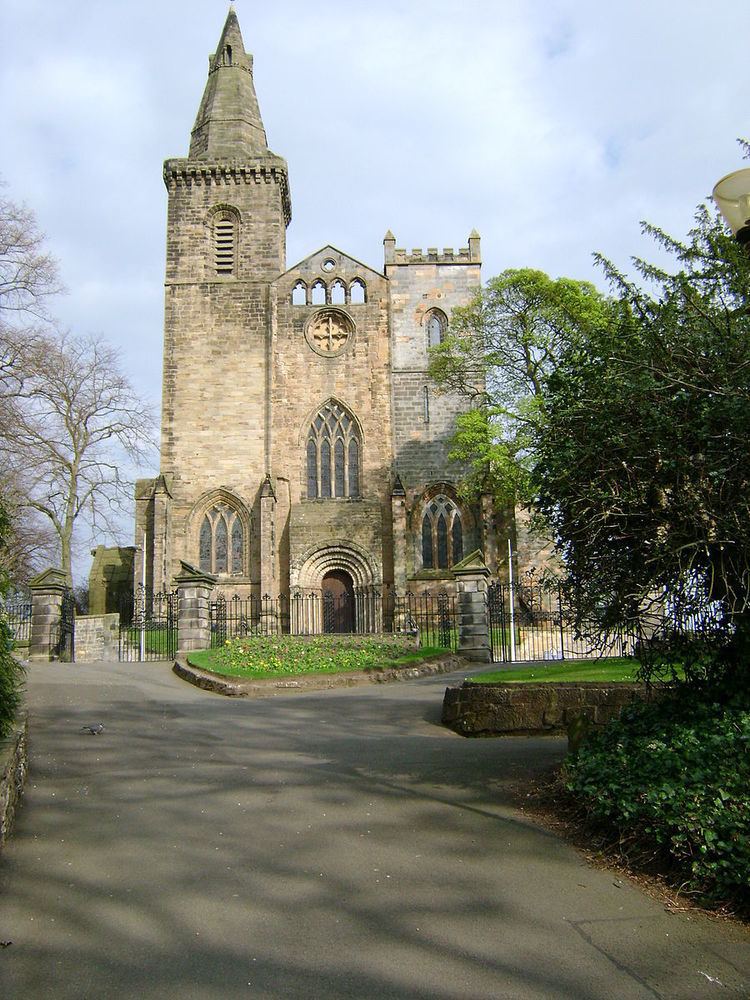 | ||
The 1947 Edinburgh Festival Fringe was the first edition of what would become the world's largest arts festival, the Edinburgh Festival Fringe (although at the time the event was not known by that name).
Contents
Background
In 1947, in a gesture of reconciliation and co-operation after the end of the Second World War in Europe, it was decided to create an international festival of the arts in Edinburgh - the Edinburgh International Festival. Under the leadership of artistic director, Rudolf Bing, companies including Glyndebourne Opera, the Halle Orchestra and Sadler's Wells Ballet were invited to perform.
Eight theatre companies who had not been invited by Bing decided to perform anyway, holding their own events in venues not used by the International Festival, plus Dunfermline Abbey, across the River Forth to the north of Edinburgh. It is unlikely these groups had any idea of establishing an actual unofficial event of their own, nor is it likely they contacted each other in advance.
At the time, the groups referred to themselves as the "Festival Adjuncts" and it was not until the following year that Robert Kemp, a Scottish playwright and journalist, is considered to have coined the phrase "fringe" to describe the event. However, the word "fringe" was used at least once in conjunction with the 1947 event when one critic remarked about the Dunfermline Abbey show that it was a shame it was so far out "on the fringe of the Festival".
Participants
The participating groups consisted of six companies from Scotland and two from England. This balance reflected the strength of amateur drama in Scotland at the time. Indeed, it is said there was a post-War "missionary zeal" in the air among amateur companies, and this zeal fuelled the early growth of what would become known as Fringe theatre.
It is certainly possible that there was a political or protest element behind some of the companies' presence. Glasgow Unity Theatre in particular had left wing political inclinations, and viewed the official festival as bourgeois and removed from the mass public, something they aimed to rectify. Their two shows - Gorky's The Lower Depths, and Rbert MacLellan's The Laird o' Torwatletie were aimed at the working class.
Programme
The full programme of events included Shakespeare, T.S. Eliot, the medieval morality play Everyman, and a play about notorious Edinburgh criminals Burke and Hare, The Anatomist.
Attendances were generally good, and several shows were the subject of positive reviews, especially Everyman in Dunfermline, thereby increasing the likelihood of a repeat "unofficial" festival the following year.
